By: Dr. Elizabeth Eggert
There’s no doubt about it, children love sugary snacks and sweets. That’s why the first step in ensuring your child’s optimal dental health is to teach them good oral hygiene habits, including brushing twice a day and flossing once a day.
But, if you want to give your child an extra layer of protection, consider having dental sealants applied at Eggert Family Dentistry. Sealants are a preventative measure that many parents take to keep their children’s teeth healthy throughout childhood.
But what are dental sealants and how exactly do they work? Let’s go over the 10 most frequently asked questions about dental sealants.
1.) What are Dental Sealants?
Dental sealants are thin, plastic coatings that are “painted”and then bonded onto the chewing surfaces of the teeth. Sealants are usually applied to the back molars, where bacteria and germs can easily hide, making these teeth harder to clean.
2.) How Do Dental Sealants Work?
Just as a raincoat will protect you from getting wet, the sealant protects the tooth by covering it, keeping bacteria and acid away from the tooth’s most susceptible surfaces. Less contact with bacteria, germs, and acid means fewer cavities and less tooth decay!
3.) How Long Do Sealants Last?
Sealants last for many years and can be reapplied if necessary.
4.) How are Dental Sealants Applied?
First, the tooth is cleaned with an etchant and rinsed. The sealant is then “painted” over the adhesive as a liquid. Dr. Jeff Eggert, Dr. Elizabeth Eggert, or an Eggert Family Dentistry team member will then use a special blue light to harden the liquid, creating a barrier between the teeth and any plaque, food particles, or bacteria.
5.) When Should My Child Get Dental Sealants?
We recommend that children have sealants applied to their molars as soon as they come in. Permanent molars first come in at around 5-7 years of age, with a second set coming in between the ages of 11-14. The sooner the sealant is applied, the more protected the new teeth will be from cavities, saving you money and time in the future. According to the Center for Disease Control, “School-age children without sealants have almost three times more cavities than children with sealants.”
6.) Can Adults Get Dental Sealants?
Of course! Dental sealants can be applied at any age, though they’re most effective when applied from childhood. If you’re looking to prevent cavities for yourself as well as your family, ask Dr. Jeff Eggert and Dr. Elizabeth Eggert about scheduling an appointment to have dental sealant applied.
7.) Will It Hurt to Get Sealants?
Not at all. Sealant application is a pain-free procedure with no drills or shots necessary!
8.) Do Sealants Make the Teeth Look or Feel Different?
Sealants are white like your teeth so they don’t make the teeth look different. After sealants are applied, some patients report feeling like something is covering their teeth or experience the sensation of needing to bite down. But the sealant is thin, and the sensation will fade after a few days. Also, the Eggert Family Dentistry team can adjust on the sealants before you leave the office, if necessary, to reduce any strange feeling with your bite.
9.) How Long Should My Child Wait to Eat After Getting Sealants?
You or your child can eat right away after getting dental sealants. However, we recommend staying away from certain foods, such as hard candies, jaw breakers, ice, or especially chewy foods, as these are more likely to break the newly applied sealants.
10.) Are Dental Sealants Expensive?
No! Some dental insurance plans will cover sealants, but even without coverage, sealants are still very affordable. And dental sealants are a much cheaper option than having to get fillings done to fix cavities!
Let Eggert Family Dentistry Protect Your Family’s Dental Health
Do you have more questions about dental sealants? Dr. Jeff Eggert or Dr. Elizabeth Eggert will be happy to answer any questions you may have. Call Eggert Family Dentistry today to find out if dental sealants are right for your family, or to schedule an appointment. We look forward to helping your family’s smiles be the healthiest they can be! As always, our motto is “Dentistry for a Lifetime of Smiles!”


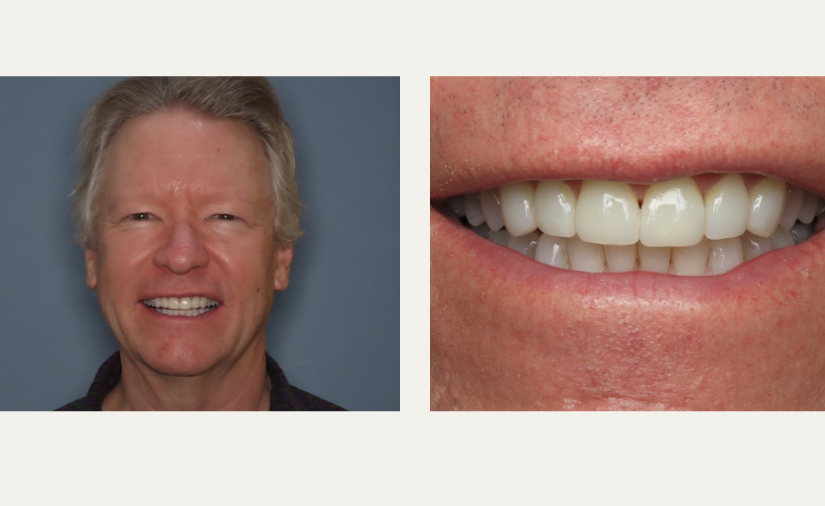

 Pre-Initial Invisalign
Pre-Initial Invisalign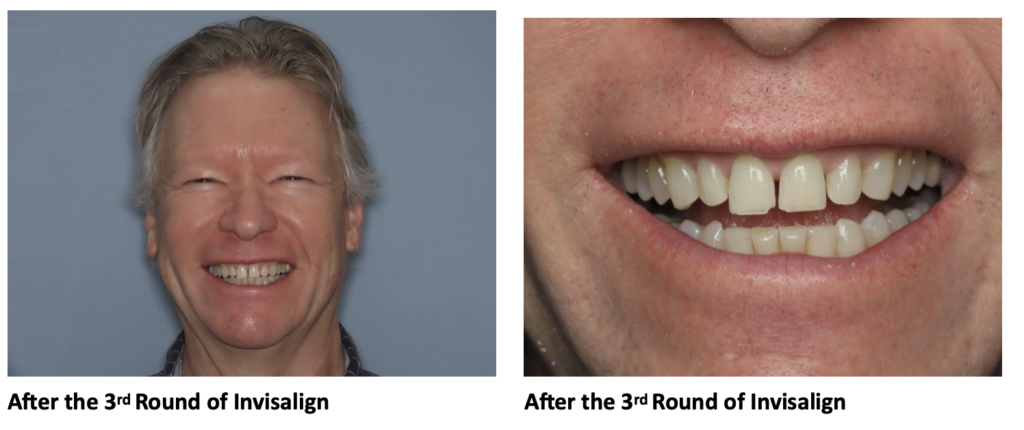
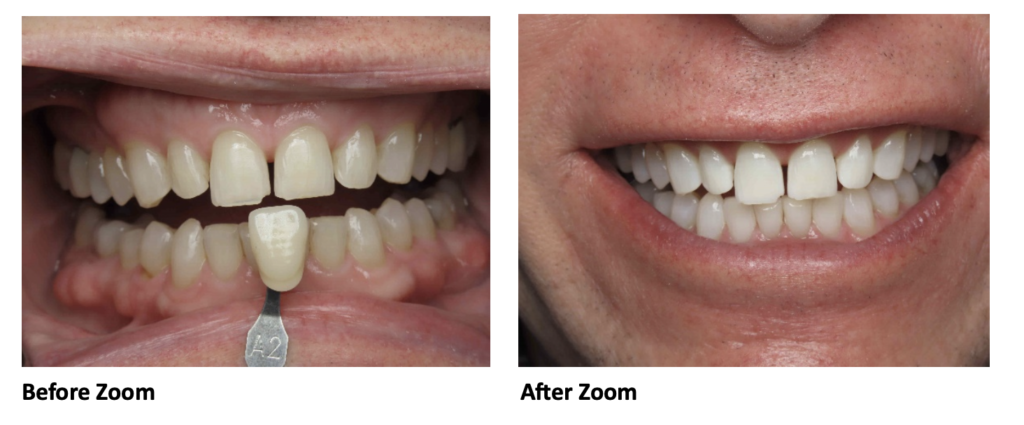





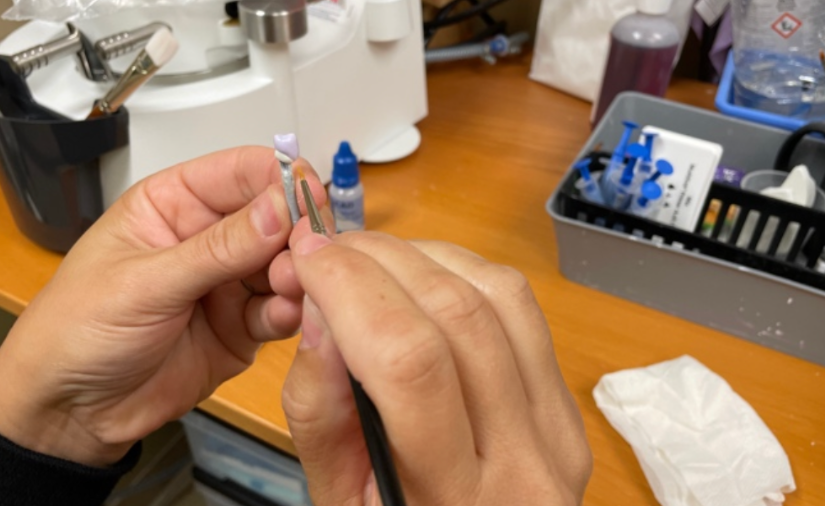
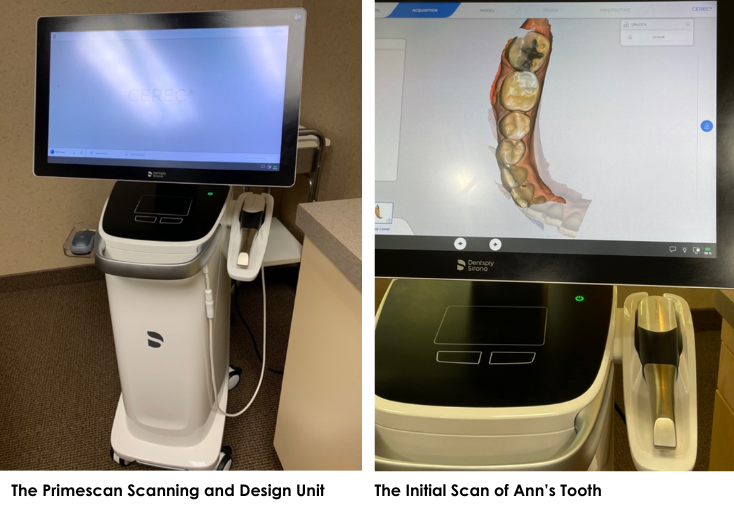
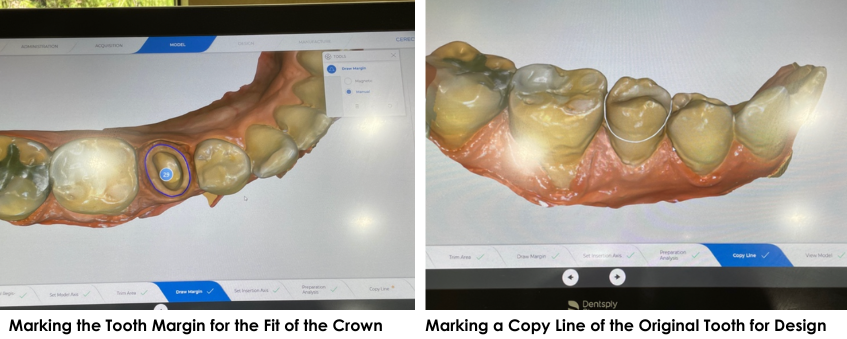
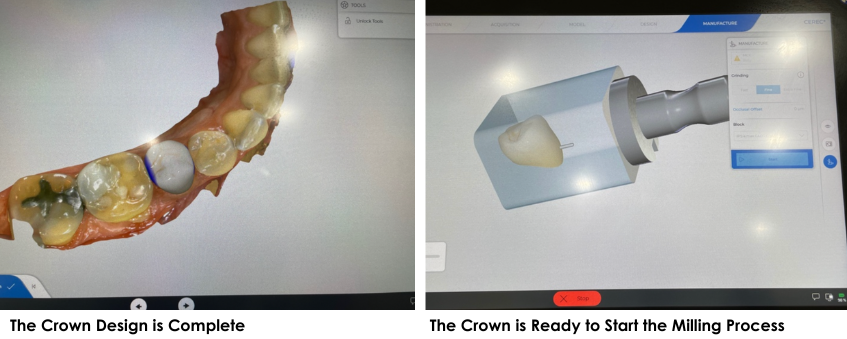

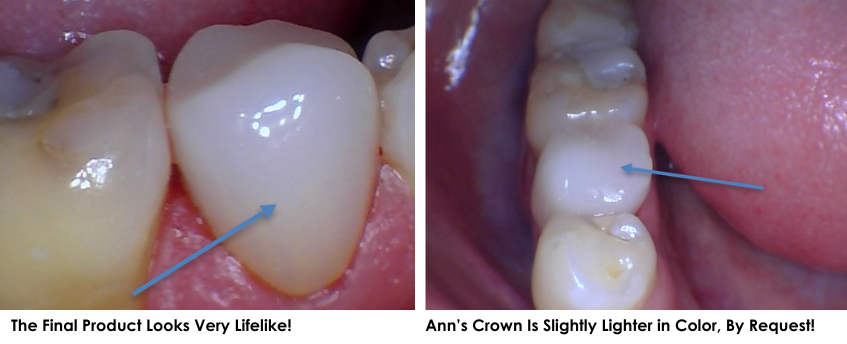

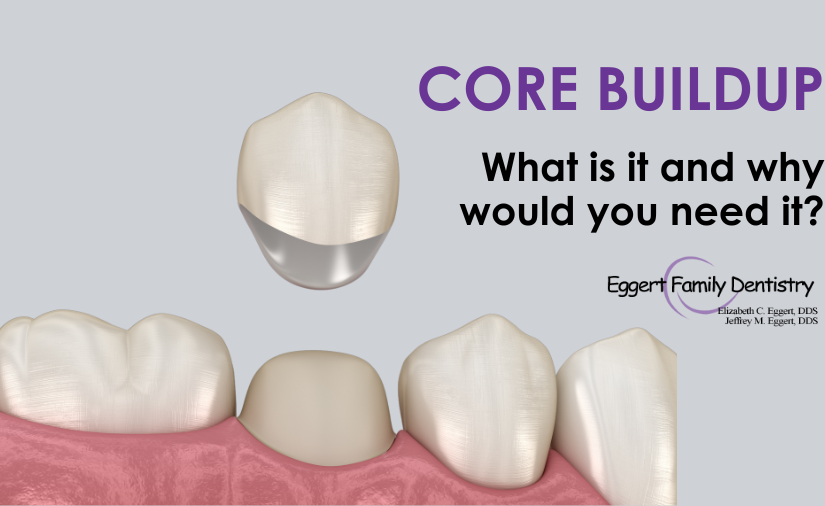

 One of the biggest perks of
One of the biggest perks of 
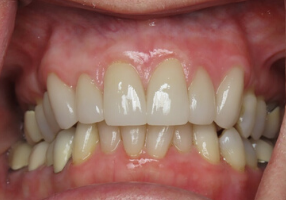 A
A